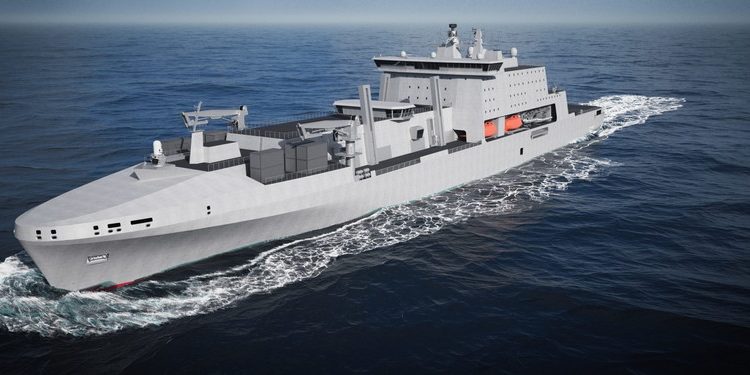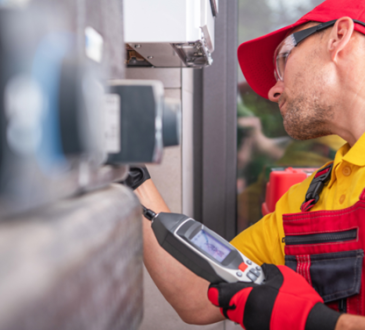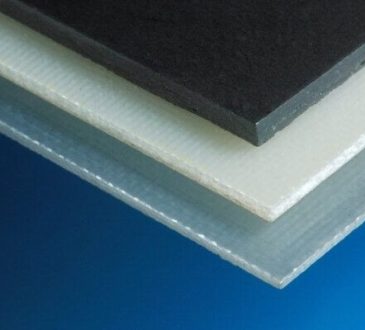
The Evolving World of Ship Design
Ship design has transformed dramatically over the past few decades, merging cutting-edge technology with sustainable engineering practices. Modern vessels are no longer just about moving cargo or passengers across oceans—they are high-tech platforms designed for efficiency, safety, and environmental stewardship. From conceptual sketches to the final sea trials, every phase of ship design is critical to ensuring optimal performance. This article explores the innovative trends and meticulous processes shaping the future of ship design, offering insights valuable to shipbuilders, marine engineers, and maritime investors alike.
Conceptualization and Early Design: Laying the Foundation
The journey of a ship begins with a concept. Naval architects and marine engineers collaborate to translate the owner’s requirements—such as purpose, size, speed, and budget—into an initial blueprint. During this stage, designers use advanced Computer-Aided Design (CAD) software and 3D modeling tools to simulate hull shapes, balance weight distribution, and predict hydrodynamic performance.
Market demands, environmental regulations, and fuel efficiency targets also play a crucial role in concept development. For instance, a cargo ship might prioritize maximum cargo capacity and minimal fuel consumption, while a luxury yacht would emphasize comfort, aesthetics, and speed. Early integration of digital twin technology allows teams to create virtual prototypes, helping identify design flaws long before steel is cut. This proactive approach saves both time and costs while improving safety.
Engineering and Structural Design: Precision at Every Level
Once the concept is finalized, engineers focus on detailed structural design. This phase involves selecting the right materials—such as high-strength steel or lightweight composites—that balance durability and cost. The hull, deck layout, propulsion systems, and internal compartments are meticulously planned to ensure stability and compliance with international safety standards.
Key innovations in this stage include the use of computational fluid dynamics (CFD) to optimize hull forms for reduced drag and better fuel efficiency. Hybrid propulsion systems, incorporating both traditional engines and electric motors, are increasingly popular to meet tightening emission regulations. Designers also factor in noise reduction, vibration control, and energy-efficient HVAC systems to enhance onboard comfort and reduce environmental impact.
Integration of Smart Technologies and Sustainability
Modern ship design goes beyond structural integrity, integrating smart technologies for navigation, energy management, and real-time monitoring. Internet of Things (IoT) sensors enable predictive maintenance by tracking equipment performance and alerting crews before failures occur. Automation features, such as advanced autopilot systems and AI-driven route optimization, improve operational efficiency and safety.
Sustainability is another cornerstone of innovation. Shipbuilders are investing in LNG (liquefied natural gas) propulsion, hydrogen fuel cells, and wind-assisted propulsion systems to cut greenhouse gas emissions. Solar panels and energy recovery systems further reduce a vessel’s carbon footprint. These eco-friendly designs not only comply with International Maritime Organization (IMO) regulations but also appeal to environmentally conscious clients and investors.
Sea Trials: Testing Performance in Real Conditions
After construction, the vessel undergoes rigorous sea trials to verify performance, safety, and efficiency. During these tests, naval architects and marine engineers monitor propulsion systems, maneuverability, stability, and fuel consumption under various operating conditions.
Sea trials often reveal subtle issues, from minor mechanical adjustments to software calibration needs. By addressing these findings, shipbuilders ensure that the vessel meets all contractual specifications and international maritime standards. Successful trials are the final step before the ship is delivered to its owner and enters service.
The Future of Ship Design: Digitalization and Automation
Looking ahead, the ship design industry is embracing fully autonomous vessels and zero-emission technologies. Digitalization will continue to play a pivotal role, with AI-powered design tools reducing development time and improving accuracy. Advances in material science, such as lightweight composites and 3D-printed components, will make ships even more energy-efficient and cost-effective.
The growing emphasis on renewable energy and decarbonization will also drive innovation. Concepts like wind-powered cargo ships and electric ferries are already moving from experimental stages to mainstream adoption. By integrating these forward-thinking solutions, the maritime industry can meet global sustainability goals while maintaining profitability.
Conclusion: Steering Toward a Smarter, Greener Future
Innovations in ship design are redefining what is possible in marine engineering. From conceptualization to sea trials, every stage reflects a commitment to safety, efficiency, and environmental responsibility. As technology and sustainability initiatives advance, tomorrow’s ships will not only navigate oceans but also pave the way for a cleaner and smarter maritime future.
By understanding these processes and trends, stakeholders—from shipowners to maritime investors—can make informed decisions that align with both economic and environmental priorities. The voyage from concept to sea trials is no longer just a technical journey; it’s a testament to human ingenuity and the relentless pursuit of progress on the high seas.




